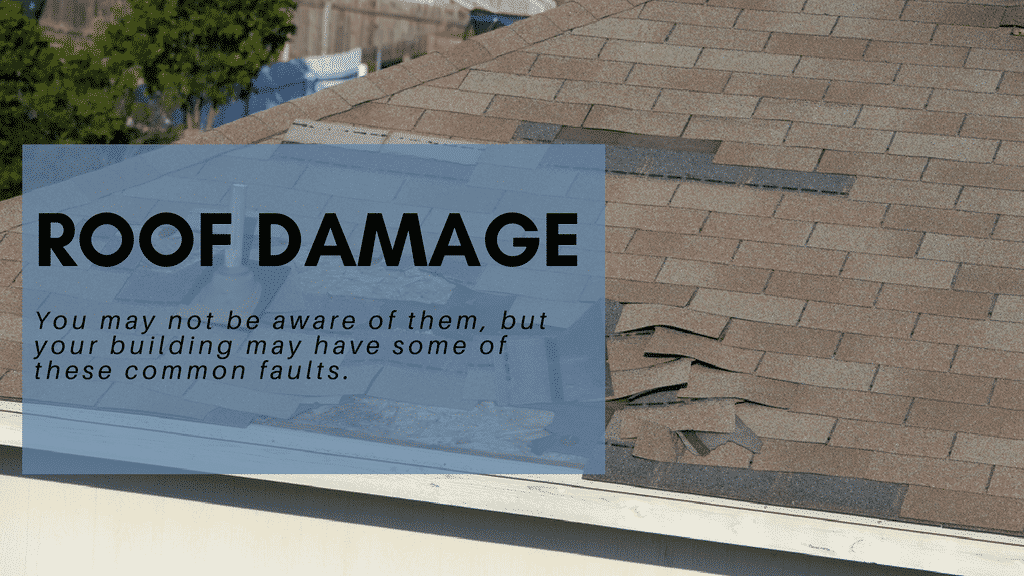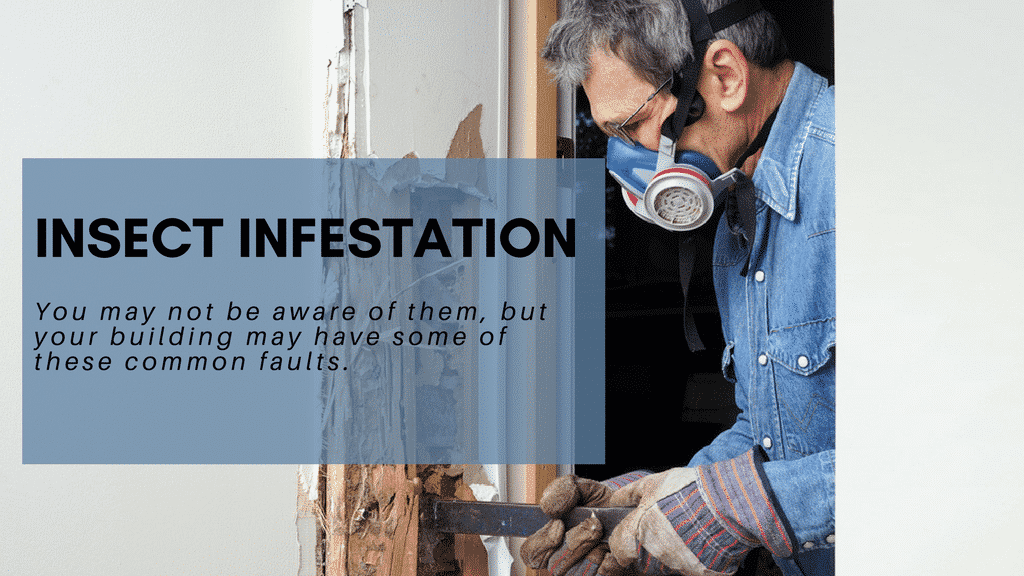Whether you’re a property buyer or seller, know that building inspections are crucial to making your purchase or sale a success.
A professional building inspection company like Exceptional Building Inspections (EBI) can help prospective buyers protect themselves and their future investment by making an informed purchase decision. EBI can also help sellers determine the building’s structural deficiencies and defects before they talk to any potential buyer.
7 common faults spotted in building inspections
If you are considering to buy a new home or are looking to list your property for sale, be aware of the most common faults seen in building inspections. We’ve rounded them up in this list to help guide you.
1. Inadequate ventilation
While air flow within the building is important, under-house ventilation is something worth looking into as well. If the structure’s ventilation is improper and not corrected, problems like wood rot, toxic mould, and water damage are to be expected.
2. Roof damage

The Australian climate is known for being one of the harshest. For this reason, even the most durable roof will surely degrade sooner or later. So if the property’s roof has not been well-maintained, issues with leaks, cracks, and sagging will turn up in the near future.
3. Plumbing issues
Having to deal with a new home with leaky pipes, mould, and other plumbing-related problems is the last thing a new homeowner wants. Thus, pipes and fixtures related to plumbing, including waste lines, are inspected and evaluated by the inspector. This helps avoid the headache-inducing issues in the future.
4. Incomplete construction
Incomplete constructions can be minor or major, but repairs are required for both cases before listing the property for sale.
5. Fire separation walls
Building codes require fire separation walls between two units to be built correctly. This is so residents can be given enough time to escape safely in case of fire. Spread of fire can also be prevented, and this can significantly lower damage and loss.
6. Damaged or missing fittings and fixtures
There are fixtures and fittings which are considered permanent parts of the property like awnings, light fittings, carpeting, appliances, and some window treatments. A final building inspection can help ensure that the permanent fixtures which are supposed to be included with the property have not been removed and will be there when the new homeowner moves in.
7. Insect infestation

Some properties will not show it, but may have insects already residing in them. Fortunately, inspectors evaluating the property can spot the subtle signs and report them correctly.
Call EBI for building inspections that you can trust
By being familiar with the most common faults seen in building inspections, you are able to arm yourself with important knowledge that you can use to address these problems.
But as with anything, prevention is key. Reputable companies like EBI can help you find avoid these common faults.
We have a team of experienced and licensed building inspectors who will carry out the most thorough inspection of the following areas of the building.
- Interior
- Exterior
- Sub-floor space
- Roof space
- Roof exterior
- The property within 30m of the building
We will provide a detailed report to you. The report will list all the major defects, damages, structural wear and tear, and safety issues we’ve identified during the inspection, supported by photos. More importantly, it will include all our recommendations to help you in deciding whether the property is worth purchasing or not.
Call EBI now for a professional building inspection. It’s a decision you won’t regret.
